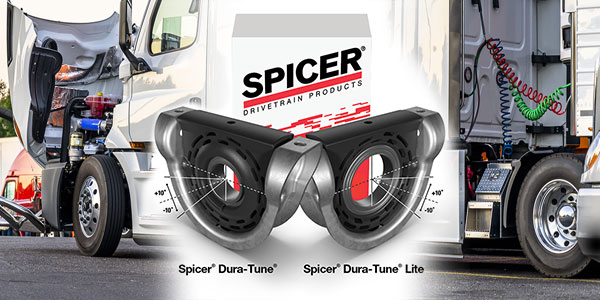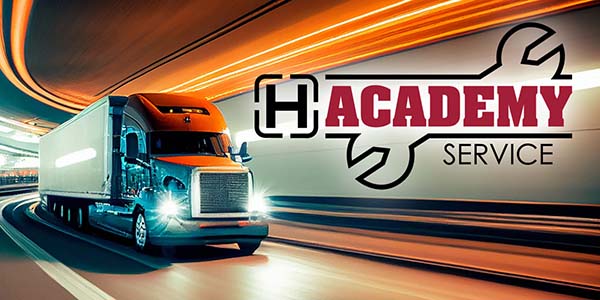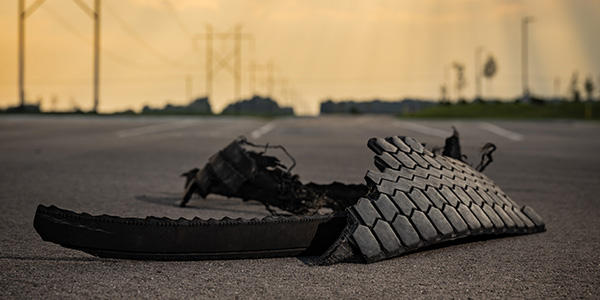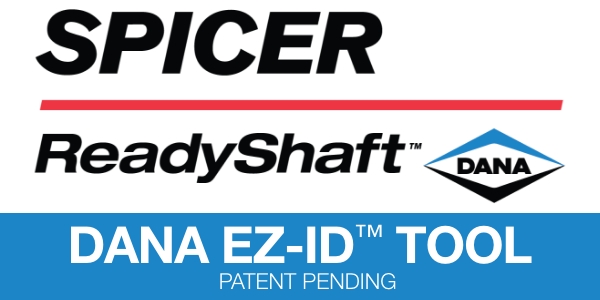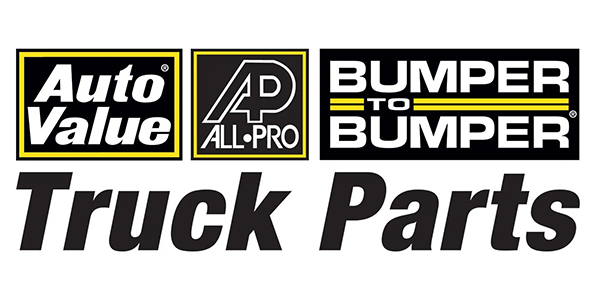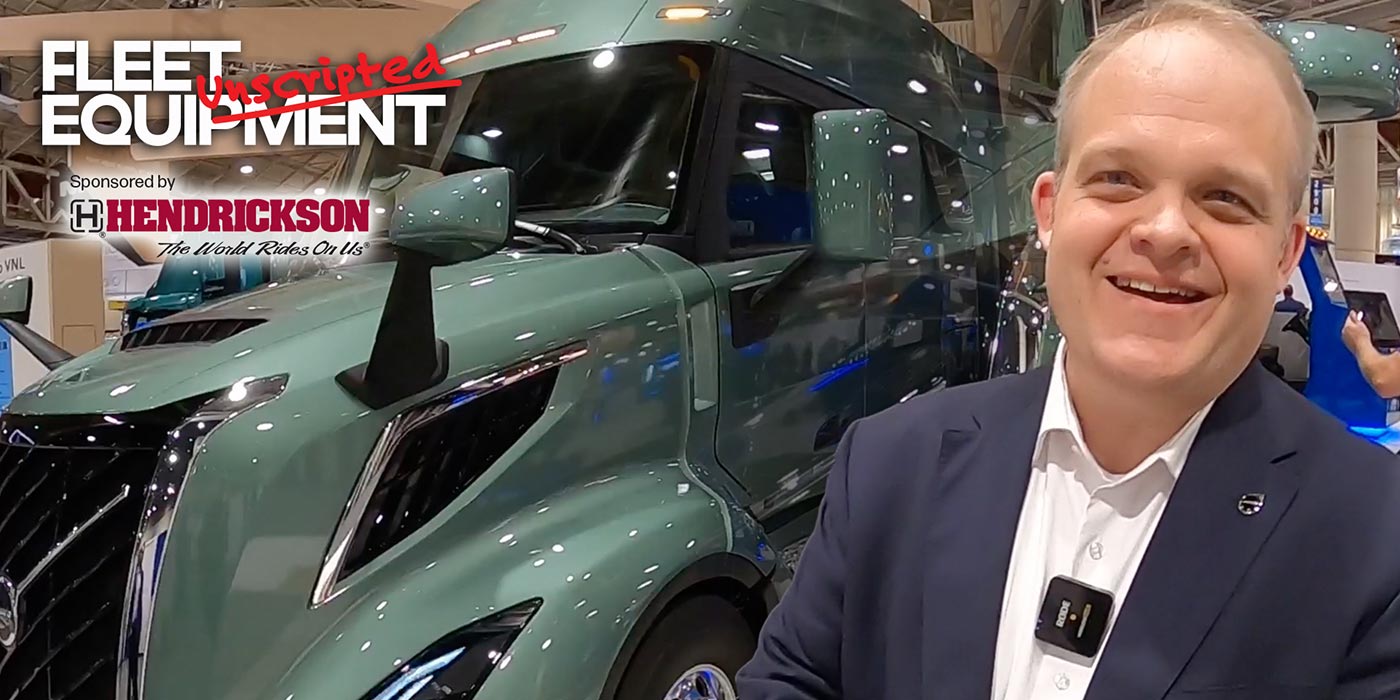It seems like a little thing. A bit of increased vibration in your truck’s driveline. You’ve had some driver complaints in the past, but they were minor—small in the grand scheme of things. Until that small problem grew into a large driveline service issue and put your truck on the side of the road. Downtime is always a setback, but in today’s uncertain market, it can feel like a disaster, especially for the driver on the delivery frontlines.
Keeping trucks rolling productively and drivers safe and happy can put you on the road to success in an uncertain market. So what are the driveline issues you need to watch out for?
First know that nearly every new truck you put into service sports some degree of downspeeding, which requires axles with sufficiently fast ratios to maintain the 200 HP needed at the wheel end despite the lower engine RPM. However, for every 100 RPM drop in engine speed, the torque goes up significantly to maintain full power. Now consider that decreasing an engine’s RPM at cruise speed from 1,450 RPM for the typical engine to 1,125 RPM for a downsped engine, torque loads in the driveline increase by 57%. These higher torques place added stress on the axle, driveshaft and inter-axle shaft, greatly reducing the life of these components.
Couple that with lighter weight trucks and you can see how that torque and vibration can stress the driveline. One key component to help dampen the vibrations is the center bearing. The time to address this is when the driver complains about increased vibrations. Not only does it leave to driver fatigue that can hurt your driver retention and safety efforts, but it could be an indication of a service need.
From there, taking a good look at your center bearing options can help reduce vibrations, keep your truck on the road and ensure your driver is safe and happy. Some center bearings offer features that isolate and dampen vibrations. Spicer Dura-Tune center bearings, for example are engineered with advanced-technology elastomer that address noise, vibration and harshness (NVH) levels associated with certain vehicles’ higher drivetrain torque stresses and vibration frequencies.
“Our new Dura-Tune carrier bearing has been improved in the past year,” noted Dave Knapik, national trainer for Dana Spicer Aftermarket. “Some of the changes we made were the rubber; we made a different compound out here to absorb more vibrations. We also increased the pocket that the bearing rides inside so that it absorbs a lot more heat. That way you don’t have to with heat damage out there. Additionally, we added several slots that absorb more vibrations.”
Want to correctly identify driveline issues? Dana’s Training Academy offers training modules that will guide you through an understanding of drivelines: component failure and probable causes, proper u-joint operating angles, and driveshaft vibration issues.
Click here to access the Dana Training Academy. (Then click on the Driveline Diagnostics 101 module)
This article was sponsored by Dana Spicer Aftermarket.

